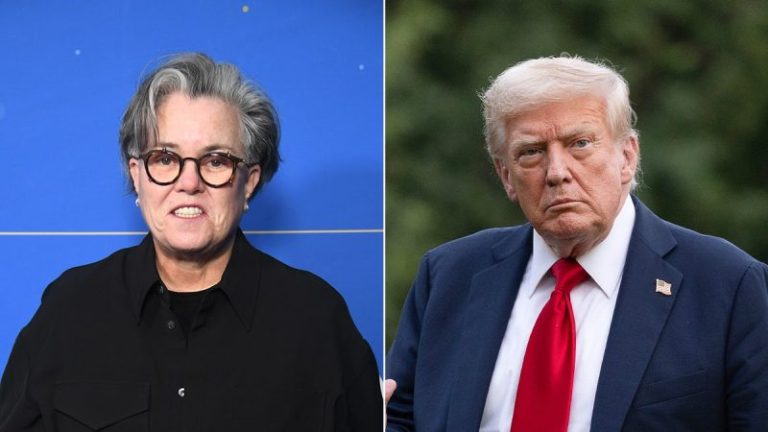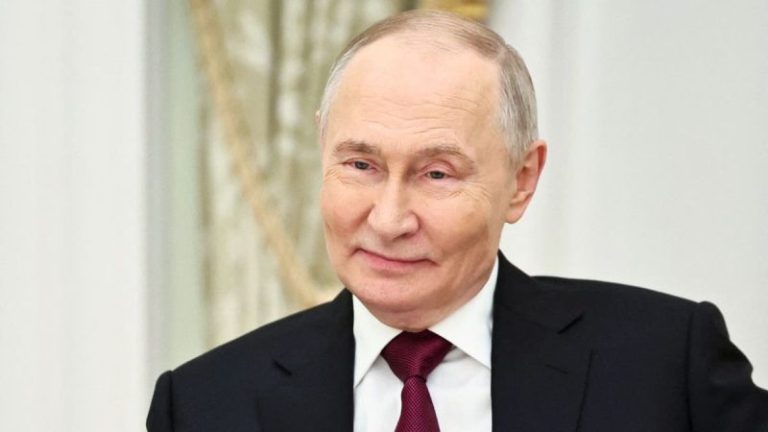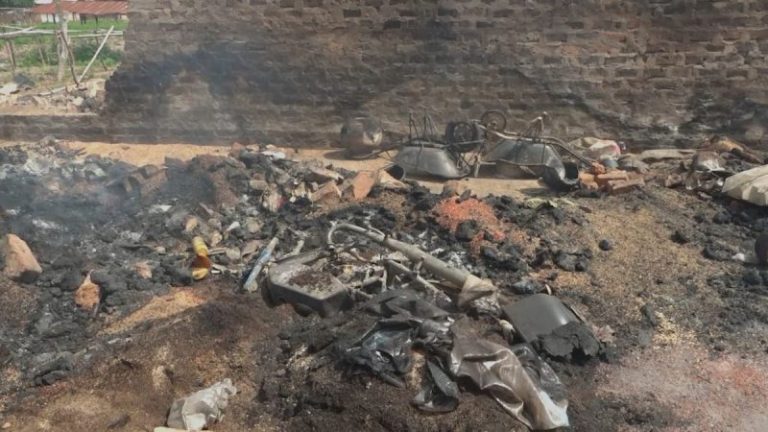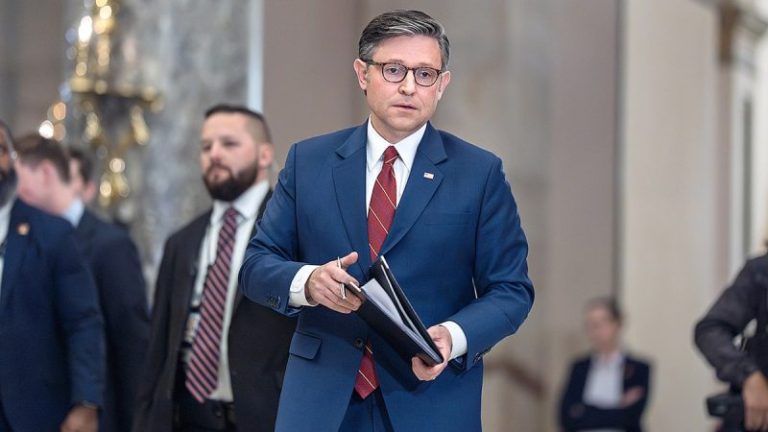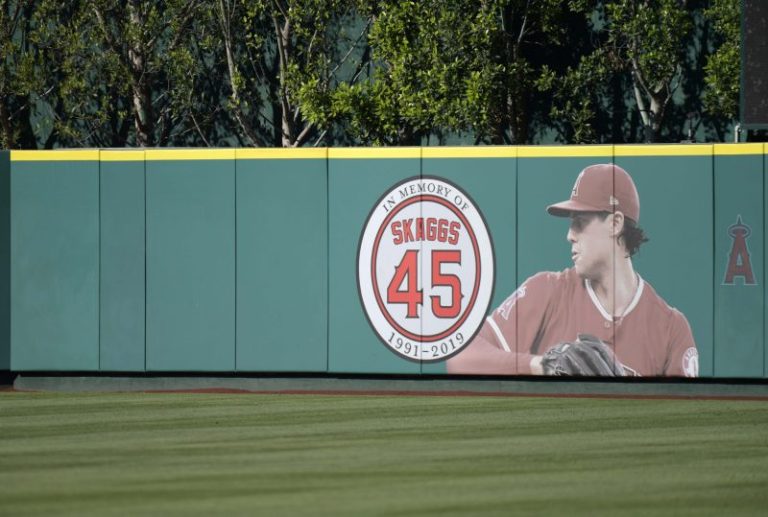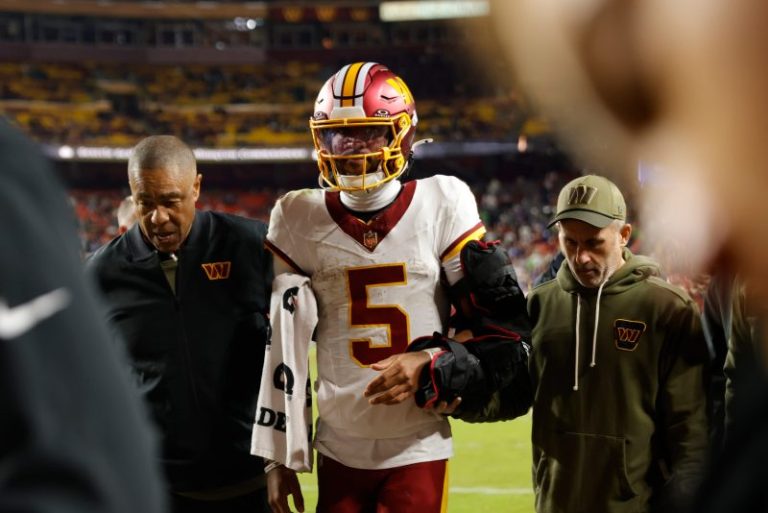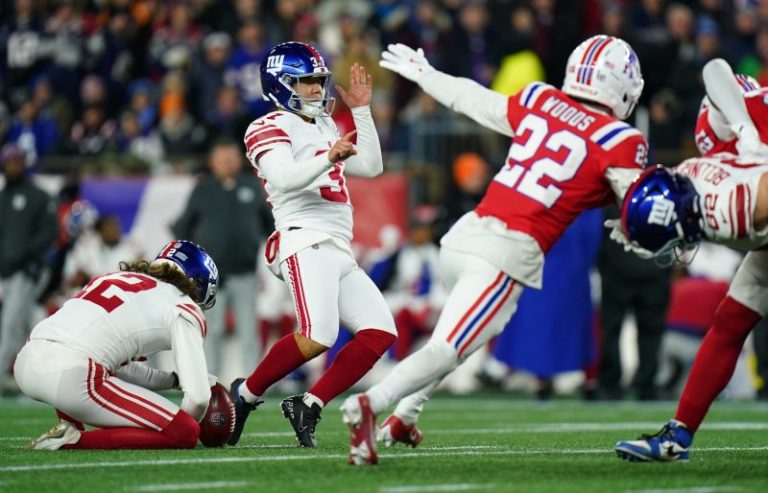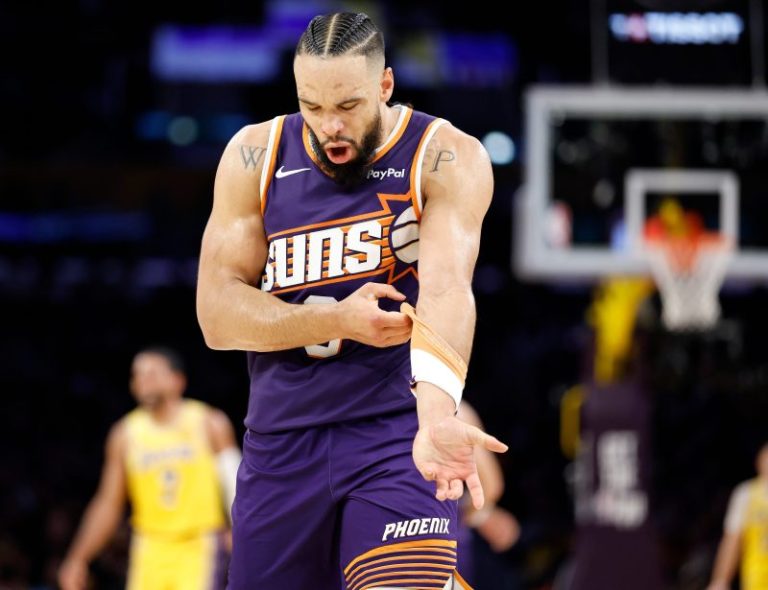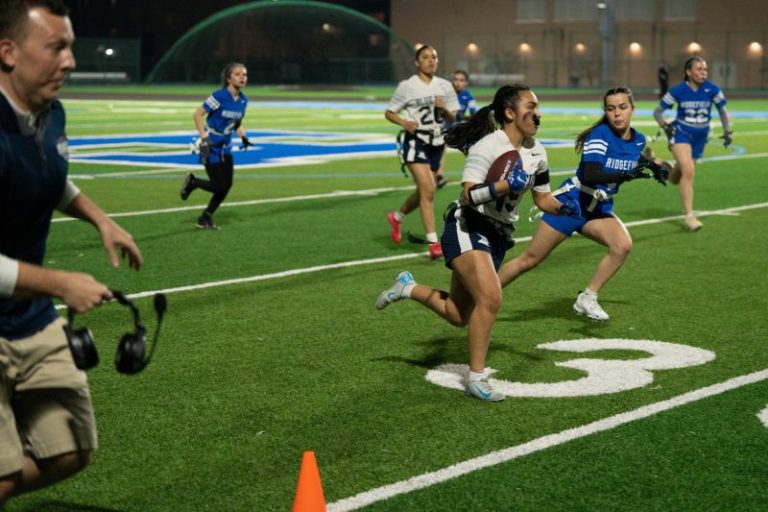Rosie O’Donnell says her daughter is holding President Donald Trump personally responsible for their relocation to Ireland and for what she sees as his broader damage to the country.
‘My daughter is now saying, ‘Damn him. Damn Trump,’’ O’Donnell said during an appearance on ‘The Jim Acosta Show.’
She recalled her daughter pounding on a table in anger and stating, ‘He made us move for our own safety … and now he’s destroying the country.’
O’Donnell acknowledged the challenge of shielding her child from political upheaval while still confronting the realities of their situation.
‘She lives here. She hears what I’m saying to you,’ O’Donnell said, explaining that her daughter ‘recognizes what’s going on.’
The comedian also emphasized, ‘Of me thinking that I have to somehow stand in defiance of him. No, no … I don’t. Somebody can tap me out, you know. Yeah. I did 22 years. I don’t really need to do any more. And I don’t want my kid to be so affected by it.’
Fox News Digital has reached out to the White House for comment.
O’Donnell’s relocated to Ireland after Trump threatened to strip her of U.S. citizenship.
In October, she announced she was applying for Irish citizenship, citing her grandparents’ roots and a self-described ‘self-imposed (political exile)’ in Ireland.
In an interview with the U.K.’s Daily Telegraph, the 63-year-old said, ‘I am applying and about to be approved for my Irish citizenship as my grandparents were from there, and that’s all you need. It will be good to have my Irish citizenship, especially since Trump keeps threatening to take away mine.’
White House spokesperson Abigail Jackson reacted at the time, telling Fox News Digital, ‘What great news for America!’
O’Donnell revealed her international move in March, sharing that she’d relocated to Ireland just five days before President Trump’s 2025 inauguration.
Sharing the news with her TikTok followers, she called the transition ‘pretty wonderful.’
The feud between O’Donnell and Trump flared again in July, when he took to Truth Social, warning he was considering stripping the comedian of her U.S. citizenship.
‘Because of the fact that Rosie O’Donnell is not in the best interests of our Great Country, I am giving serious consideration to taking away her Citizenship,’ he wrote. ‘She is a Threat to Humanity, and should remain in the wonderful Country of Ireland, if they want her. GOD BLESS AMERICA!’
O’Donnell fired back on social media, asserting that Trump ‘has always hated the fact that i see him for who he is.’
Under the United States Constitution, a president does not have the power to strip the citizenship of someone born in the country, meaning since O’Donnell was born in New York, her citizenship is protected by the 14th Amendment.
The tensions between the two go back nearly two decades, beginning in 2006 when O’Donnell criticized Trump while co-hosting ‘The View.’

